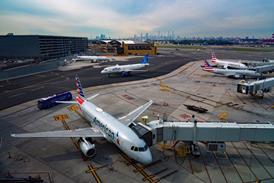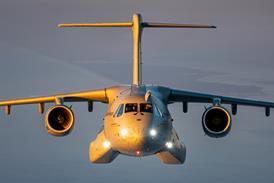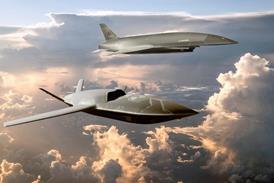The US Air Force released the final version of an amended request for proposal (RfP) for the Light Air Support (LAS) programme late in the evening on 4 May.
"While the decision process will be event-driven, the Air Force targets a source selection decision in early calendar year 2013," says the USAF. "This would allow first aircraft delivery to Afghanistan in third quarter 2014."
 |
|---|
The LAS programme aims to provide Afghanistan's nascent air force with a fixed-wing strike capability. There are only two potential contractors.
Hawker Beechcraft is offering its AT-6 version of the Texan II turboprop trainer while Sierra Nevada and Embraer have teamed up to offer the A-29 Super Tucano.
The USAF had originally chosen the Super Tucano for the LAS tender last year, but the programme was halted after Hawker filed a lawsuit.
During the activity surrounding the lawsuit, the USAF discovered that its internal contract documents were not in order. The service then terminated the existing LAS contract in March and started afresh.
The RfP released on 4 May makes several tweaks to the original tender-these include firm fixed prices for support equipment and the introduction of not-to-exceed prices for follow-on orders should those ever materialize. The RfP removes the requirement for a system demonstration for this second go-around and removes the requirement for small business participation.
The amended RfP notes that the government evaluation team has been completely replaced and that would-be contractors ought to treat it as a completely new tender.
The proposals are due in on 4 June at 15:00.
Earlier on 17April, the USAF released a draft Request for Proposal (RfP) for the LAS programme, but the service did not publicly release the details of that draft.
Hawker says that it has received the RFP and is reviewing it. Sierra Nevada and Embraer couldn't be reached by press time.
Now, once again, the two teams are embroiled in a vicious fight over a $355 million tender to supply the Afghans with 20 light attack turboprops.
Source: Flight International























